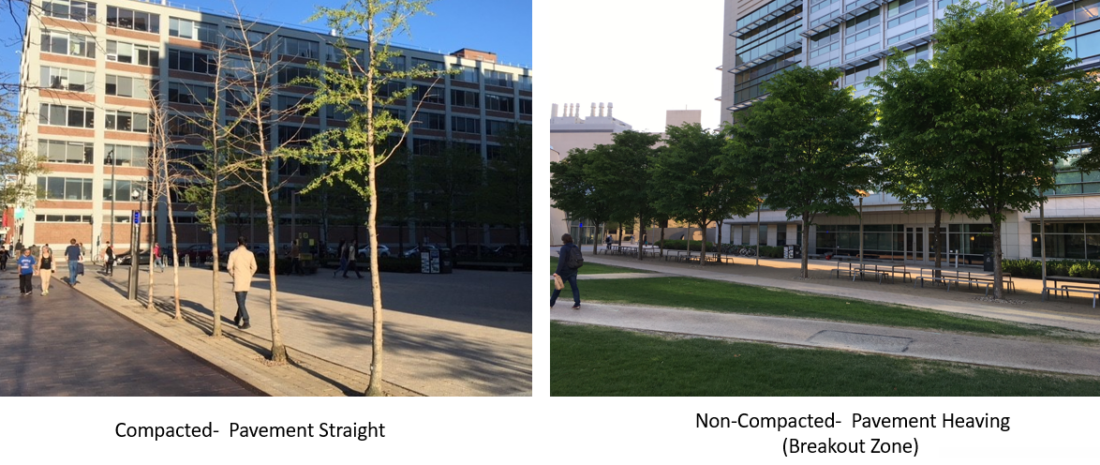This article by Al Key of DeepRoot is an excellent look at the history, use, and effectiveness of sand based structural soil (SBSS) for urban tree plantings, and research conducted on the performance of Silva Cells in comparison. At Naturcycle, our experience is that for most applications, Silva Cells are the superior option to maximize long-term tree health and stormwater management.
There are many factors that contribute to the failure of urban trees, and many are related to soil issues, such as lack of viable soil, soil volume, and compaction. For my entire career, Landscape Architects have been working with Soil Scientists, Engineers, and Arborists to design urban tree planting techniques to meet specific horticultural, structural, drainage, and use requirements to achieve high performance in city environments.
There is a scientific consensus which much of the industry ignores: compaction does not increase soil quality; in fact, compaction leads to plant death. The science is simple and incontrovertible. If you compact horticultural soils, or alter them to achieve compaction, they become poor — and the plants will suffer because of it. Essentially, if you compact the sand-based structural soil (SBSS), the pavement will be straight, but the tree will suffer. If left non-compacted, the pavement will move, but the trees will be fine (if irrigated).






